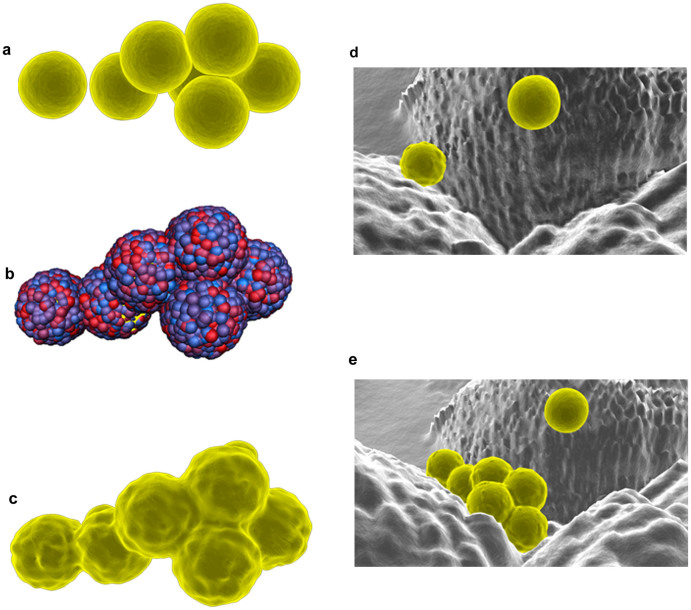Figure 4. Bacteria on the Lotus-like titanium surface.
The bacteria polygonal modes were created as ‘nCloth' objects, resulting in more advanced, deformable objects rather just simple rigid objects (a). The exo-polymeric substances (EPS) were created using an ‘nParticle' system (b), which was converted to a polygonal mesh (c). The animation of the interaction between the S. aureus cells with the Lotus-like surface was developed with the ‘nDynamic' tools and objects; images presented here represent the first minute (d) and the 30th minute (e) of the bacterial interaction. Autodesk screen shots reprinted with the permission of Autodesk, Inc.

